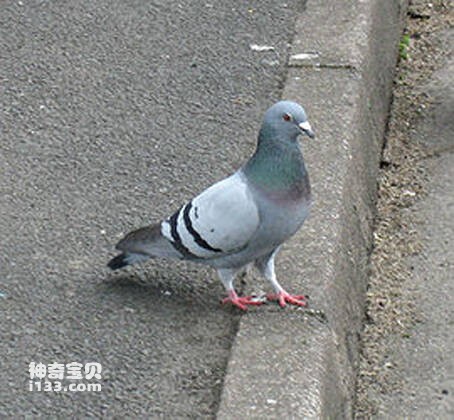
Columba caribaea
Columba caribaea,Ring-tailed Pigeon
It is known as Columba caribaea or Ring-tailed Pigeon.Listed in the Internat···
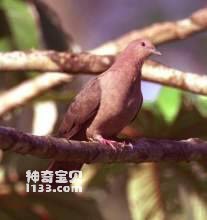
Columba nigrirostris
Columba nigrirostris,Short-billed Pigeon
Short-billed Pigeon Columba nigrirostris (short-billed pigeon) is not known.···
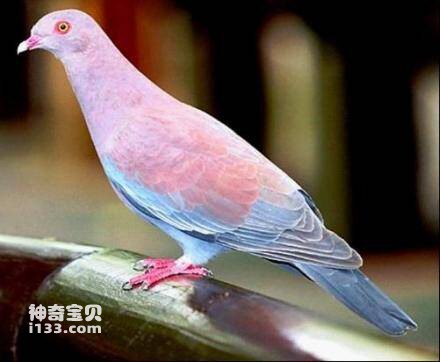
Columba oenops
Columba oenops ,Peruvian Pigeon
Peruvian Pigeon Columba oenops, foreign name Peruvian Pigeon, the specific h···
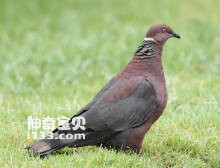
Columba araucana
Columba araucana,Chilean Pigeon
The Chilean Pigeon (Columba araucana) has no subspecies.Chilean pigeon parti···
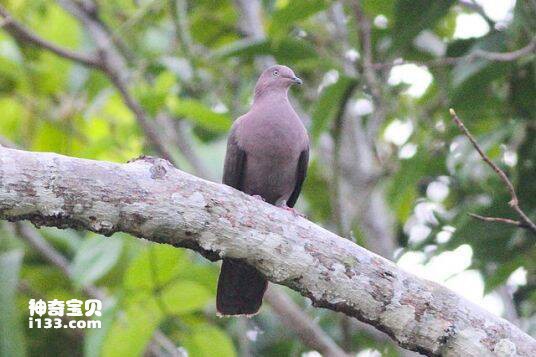
Patagioenas plumbea
Patagioenas plumbea,Plumbeous Pigeon
Plumbeous Pigeon (Patagioenas plumbea, Plumbeous Pigeon) is unknown.Protect ···
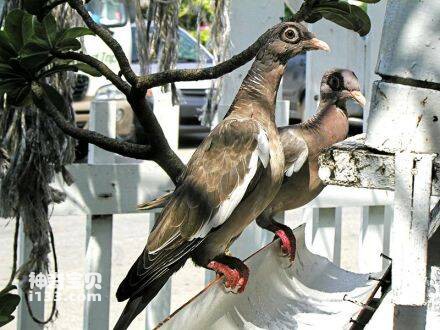
Columba corensis
Columba corensis,Bare-eyed Pigeon
The species is also known as Columba corensis or Bare-eyed Pigeon.Listed in ···
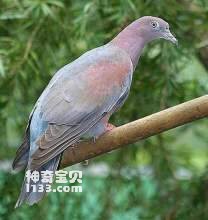
Columba inornata
Columba inornata,Plain Pigeon
Columba inornata, Plain Pigeon, is unknown.Listed in the International Union···
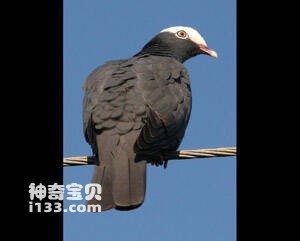
Columba leucocephala
Columba leucocephala,White-crowned Pigeon
The White Pigeon is Columba leucocephala, and the foreign name is White-crow···
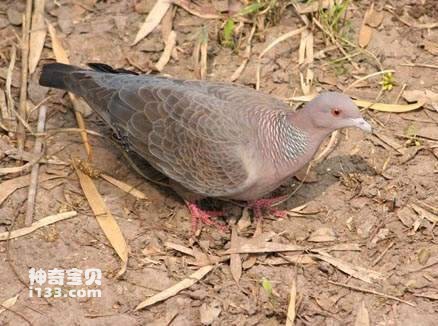
Columba picazuro
Columba picazuro,Picazuro Pigeon
The red-headed Pigeon is Columba picazuro and Picazuro Pigeon.Listed in the ···
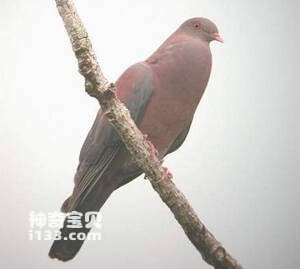
Columba flavirostris
Columba flavirostris,Red-billed Pigeon
Columba flavirostris, or Red-billed Pigeon, is unknown.Listed in the Interna···
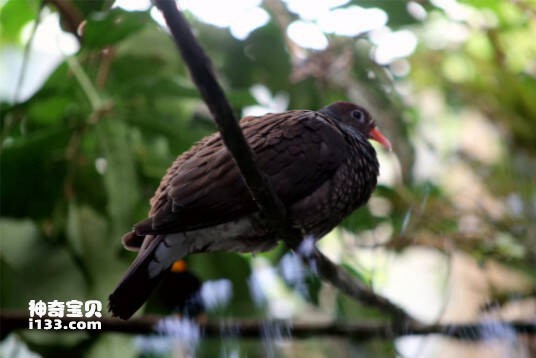
Columba speciosa
Columba speciosa,Scaled Pigeon
Columba speciosa, or Scaled Pigeon, is unknown.Listed in the International U···
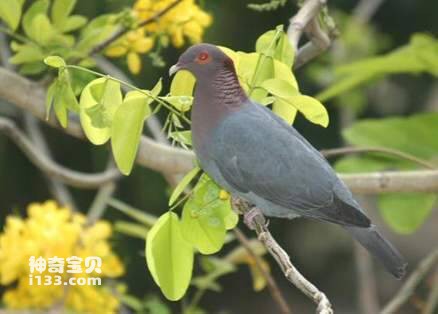
Columba squamosa
Columba squamosa,Scaly-naped Pigeon
Columba squamosa and Scaly-naped Pigeon are unknown.Listed in the Internatio···
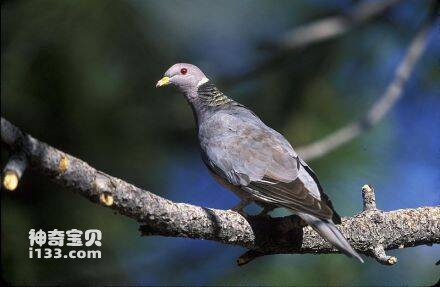
Columba fasciata
Columba fasciata
The species Columba fasciata is not known.Listed in the International Union ···
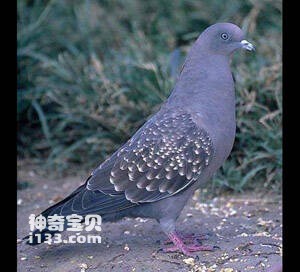
Columba maculosa
Columba maculosa,Spot-winged Pigeon
The species is known as Columba maculosa and Spot-winged Pigeon. Its specifi···
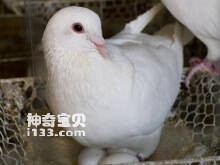
Columba subvinacea
Red pigeon, Canu pigeon, Karen pigeon,
Columba subvinacea has a gentle temperament and strong breeding capacity, wi···
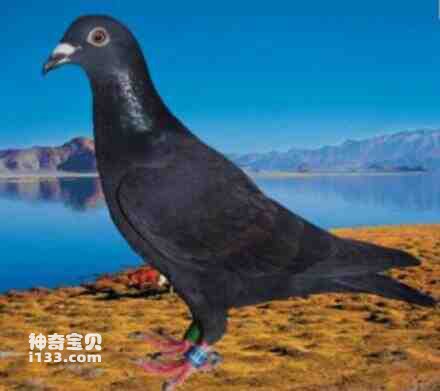
Columba goodsoni
Columba goodsoni,Dusky Pigeon
The Pigeon is known as Columba goodsoni and Dusky Pigeon, but its behavior i···

Geotrygon carrikeri
Geotrygon carrikeri,Tuxtla Quail-dove,Veracruz Quail-Dove
Geotrygon carrikeri, Tuxtla Quail-dove, Veracruz Quail-Dove, was once consid···
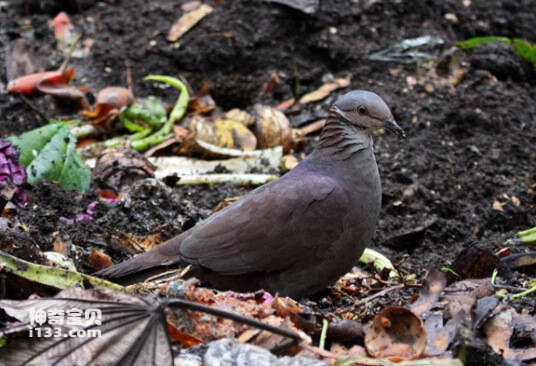
Geotrygon frenata
Geotrygon frenata,White-throated Quail-dove
The scientific name of the White throated Quail dove is Geotrygon frenata, a···
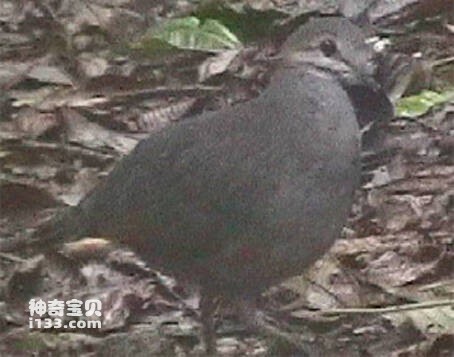
Geotrygon lawrencii
Geotrygon lawrencii,Purplish-backed Quail-dove
Geotrygon lawrencii and Purplish-backed Quail-dove are unknown.Listed in the···
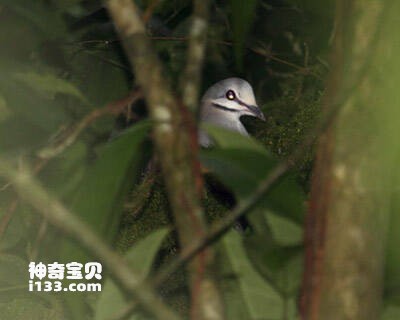
Geotrygon carrikery
Geotrygon carrikery,Geotrygon carrikeri,Veracruz Quail-dove
Its scientific name is Geotrygon carrikery, and its foreign names are Geotry···
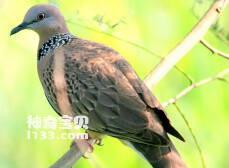
Spilopelia chinensis
Spilopelia chinensis, Tridges, Middle spotted, floral dove, floral necked Dove, Pearl dove, spotted necked Dove, bead necked pigeon, Spilopelia chinensis,
There are five subspecies of the pearl necked turtle dove (Spilopelia chinen···
